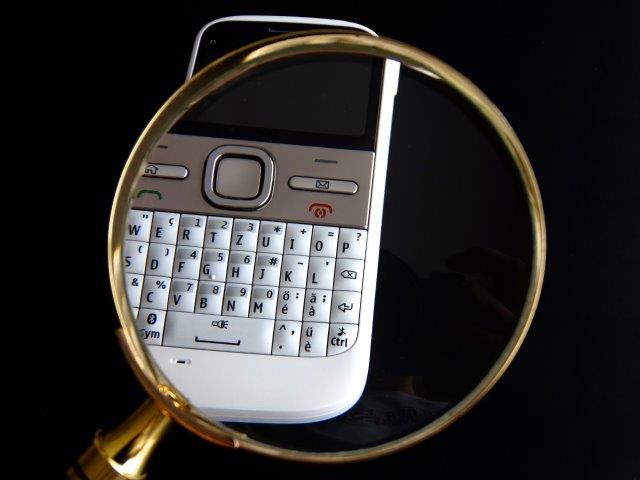I Beacon to Differ

Beacons are a hot topic lately and I always like to jump into having a discussion on something hot, never the shy one. The mobile marketing world is a buzz with beacons, similar to the way they have spent the last 5 years talking about LBS SMS. Countless millions of dollars have been invested into this and other technologies and possibly for good reason. Although I would like to actually see if a single company that specializes in location is actually in the black today.
Countless factors limit the ability of beacons to be meaningful. For the most part they are completely cost prohibitive to the majority of marketing agencies, designers, software companies, or even resellers that are selling them today.
Let’s run down the short list.
1. You have to have a native smartphone app
Worst yet, you have to have some scale to that app. The inherent problem with small to medium sized businesses is that even if they do invest in getting their own smartphone app they typically have less than 2% of their overall customer base downloading it. Millions of apps sit idle with virtually no use and no users.
2. Customers have to accept the notifications and/or location awareness
While reading MediaPost yesterday I came across the acrtice, In-Pocket, Phone Beaconing: Tapping into the Store Shopper by Chuck Martin. In the article he discusses some of the awesome uses of beacons that he witnessed at the latest NRF conference. Yet even he prefaces that each app user has to opt-in or accept the fact that the app will use their location, send notifications, or access their profile. I can tell you more than 75% of people are like myself and often say NO to these types of requests from apps.
One of the main problems with beacon based technology is that it is still app based. In addition this technology requires additional permissions to work effectively. Thus over 90% of shoppers anywhere will not be able to be communicated with by this awesome technology!
If you can’t get scale and can’t generate something that affects large percentages of your clientele, then why do we give so much lip-service to it at all?
My last thought seems so obvious that I challenge someone to argue it with me in the comments below, on our Facebook page, or even contact me directly rob@avidmobile.com.
Businesses should start investing thoroughly in executing a serious SMS Mobile database building campaign. These campaigns are easy to implement and reach over 90% of your customer base. They can scale quickly and you can grow larger databases of permission based numbers that you can communicate with at will. Once you have scaled up take those numbers and send them a text message to download your app with some incentive. Then you will see your app get some scale.
Use the SMS communication service as a way to drive app downloads, educate people about why they need your app, and incentivize them to download it.
The initial opt-in to SMS is simple, when integrated correctly, and has been proven to build databases faster than the number of app downloads. Couple that with the value of a mobile phone number in terms of response and click through rates, and you have a compelling reason to go SMS first and leverage from there.
Am I missing something?
